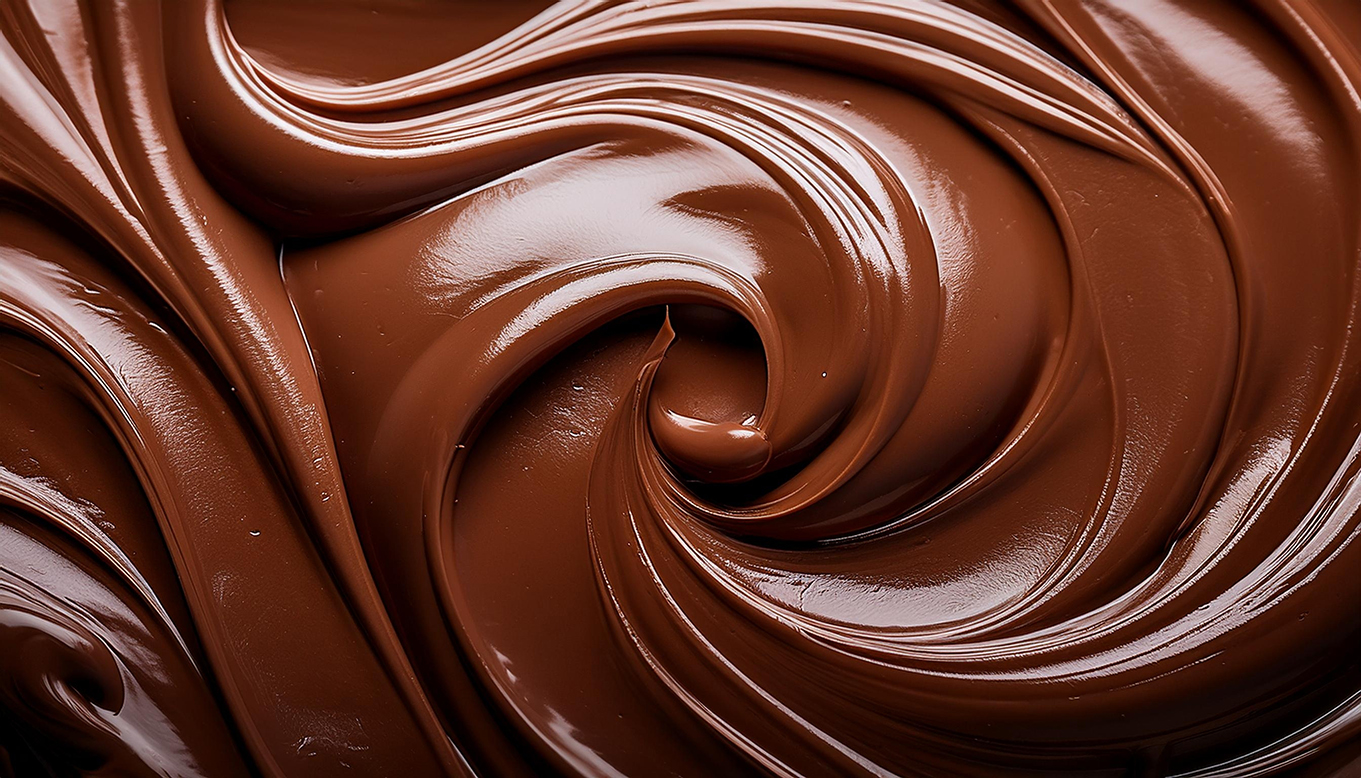In chocolate production, after the cocoa bean roasting, refining, and conching production steps discussed in previous posts, tempering represents the true art of pastry making, and here too, precision and temperature control is essential.
During tempering, the chocolate is heated, cooled, and then reheated following a very precise thermal cycle (45°C, 27°C, and finally 31-32°C). This process is essential for stabilizing the cocoa butter crystals in their most stable form, which guarantees a shiny, crispy, and heat-resistant final product.

Here, once again, thermoregulation units play a crucial role, ensuring that each step occurs at the correct temperature and with optimal timing. Poorly executed tempering can cause aesthetic defects, such as dull surfaces or streaks, and compromise the chocolate’s consistency. Precise temperature control, on the other hand, allows for a visually appealing product that is pleasing to the palate.
In this sense, the tempering phase is truly the touch of class that makes the difference in chocolate production.
